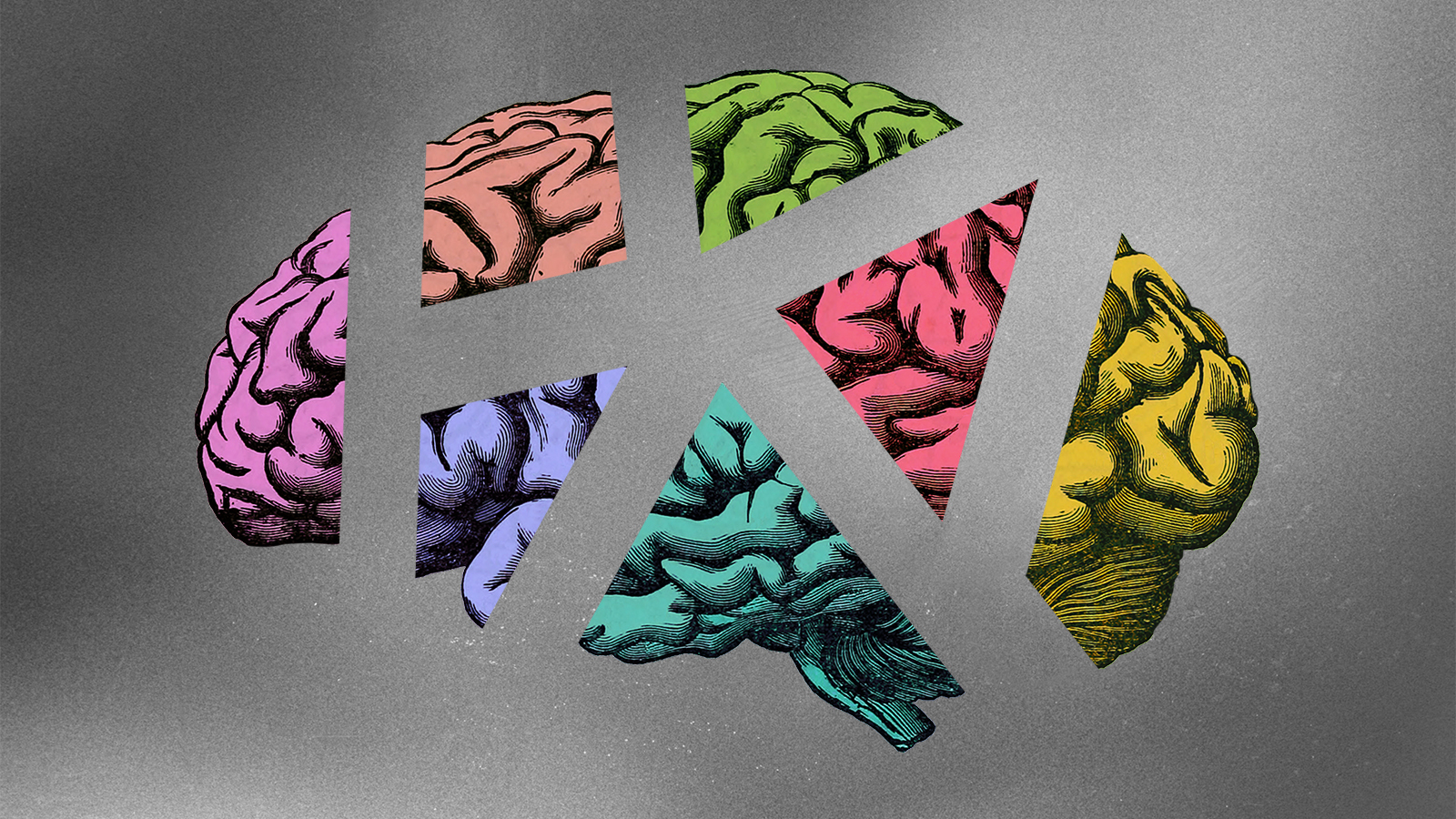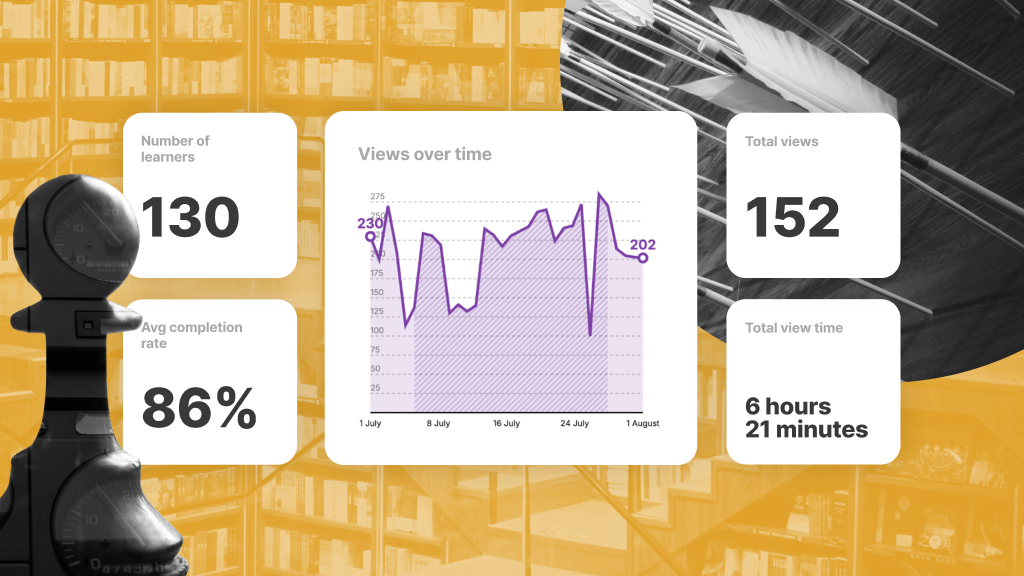Adult learning theory: 10 key principles and best practices

One question often at the top of many L&D leaders’ minds is: how can we ensure that training has the greatest impact and the highest return-on-investment? Answering this question begins with looking at learner engagement and truly understanding how your people learn best.
Adult learning theory is a set of guiding principles and best practices for teaching adult learners. The concept was popularized by American educator and scholar Malcolm Knowles under the name “andragogy” in the 1960s.
Knowles’ andragogy highlighted specific assumptions about adult learners as well as best practices to support those characteristics. While these principles popularized the idea of adult learning theory, the concept of uniquely supporting adult learners has been around for much longer. In 1938, philosopher John Dewey introduced the idea that adults learn more by doing, rather than by merely reading or hearing about something.
And Knowles isn’t the only modern, adult learning theorist. Sociologist Jack Mezirow developed a theory in the 1970s called “Transformative Learning” which focused on how an adult’s viewpoints, expectations, and assumptions change after they encounter a new experience. Around a decade later, educational theorist David Kolb brought forth the idea that adults are shaped by their experiences and learn best by reflecting on those experiences.
Principles of adult learning theory
Of all the adult learning theories, Malcolm Knowles’ continues to be the lynchpin of many L&D teams. This section will provide several guiding principles for how adults learn, based on Knowles’ theory. Since their introduction, various philosophies and models have been developed from the following adult learning principles.
Significance and relevance
Adults are more likely to engage with training when they understand, from the get-go, what they’re expected to learn and why. This is perhaps one of the most important principles of adult learning theory – for information to stick, the learner must find it to be both significant and relevant.
Learning designers should state the purpose of a training early on. Then, throughout any activity or intervention, look for ways to highlight the relevance of the learning to job tasks and business objectives. Building experiences that convey how lessons will help solve real problems further strengthens the relevance factor (more on this under Problem-centered learning, below).
Self-directed learners
According to Knowles’ adult learning theory, because adults have the ability to direct their own learning, they should be offered the option to do so. Adults don’t like to be taught – they’d rather learn. The former is a passive, inactive experience, whereas the latter lets the adult take ownership of their education and make it a personal investment.
Research supports this concept, showing that adult learners who have a greater locus of control tend to be more successful in online learning environments. However, this principle requires that trainers and L&D professionals give up some control.
Instead of heavily scripting every learning event, they might offer a bank of self-directed learning resources that’s available on-demand, such as Big Think+. Organizations thrive when leaders set aside time for employees to learn, and allow them the freedom to utilize that time in any way they see fit.
A wealth of experience
Since adults bring many life experiences into their learning journeys, new information is filtered through a series of schemas – cognitive structures, unique to each individual, which help them interpret the world around them. When training is designed to pull from relatable real-world examples, schemas can be helpful because they reinforce the learning.
Barbara Oakley, the author of Mindshift: Break Through Obstacles to Learning and Discover Your Hidden Potential, says, “When you learn something in one area, you create neural patterns in your mind. These patterns can inform and help create new patterns in a completely different subject area.”
However, if an adult brings outdated information or incorrect assumptions into the learning experience, those schemas will need to be broken down. An example of this would be the use of counterstereotypes to change preconceived notions about other demographics in implicit bias training.
Readiness to learn
Another principle of adult learning theory is that adults become more ready to learn when they need to know something. And the quicker their needs can be met, the more likely they are to remember the information. Unfortunately, we can’t always predict when this process will happen on its own.
Adults are more ready to learn when they need to know something.
However, with careful planning, L&D can create and curate resources in anticipation of what learners need. For example, as individuals get promoted into leadership roles for the first time, they’ll likely need to learn a set of new skills, such as how to give feedback to direct reports. Or if major changes in market conditions are on the horizon, sales managers might want to brush up on risk management strategies.
L&D teams can design learning pathways for these scenarios and offer them to employees on-demand. Post-learning processes such as reflection, application, and revisiting can also help reinforce their new knowledge.
Problem-centered learners
Knowles believed that adult learners are focused on trying to solve new problems, and they desire to apply new learnings immediately. Since the pandemic pushed many organizations into hybrid working environments – and those organizations anticipate continuing to move away from instructor-led training in favor of online learning – L&D teams can apply this principle in new ways.
For example, in an ILT setting, the trainer might simulate a problematic scenario to give employees a chance to practice what they’re learning. But utilizing online learning, L&D teams can create on-the-job trainings that allow employees to experience the problem in a real-world environment and apply what they’re learning more quickly in an authentic setting.
Motivation to learn
While children are often forced into learning experiences by their parents and teachers, Knowles’ adult learning theory states that as a person matures, they develop an intrinsic motivation to learn. This could be because of career goals, a desire to impress friends and family, or simply an enjoyment of the learning process.
As a person matures, they develop an intrinsic motivation to learn.
But for a variety of reasons, employees can easily become unmotivated to learn. To counteract this, work on creating a culture of learning within the organization. Promote a growth mindset where failure is not the antonym of success, but part of the learning process.
Gain buy-in from executive leaders, who can be L&D’s biggest advocates. Ask senior leaders to begin allocating time for employees to participate in training. Consider offering learners incentives through gamification and recognizing them with badges upon a training completion.
Additional best practices
Knowles’ principles empower L&D teams by providing insight into how their target audience learns best, which should be the backbone of any program. To take these principles a step further, Knowles offered the following suggestions for putting adult learning theory into practice.
Promote cooperative learning
Adults learn best when they’re in a more informal, collaborative environment. Research shows learners who interact with others during learning experiences tend to be more engaged than those who don’t. Historically, this might’ve meant multiple breakout sessions in an ILT. In today’s blended world, it’s important that L&D teams leverage video calls and online messaging systems to keep learners connected through discussion forums and group sessions.
Build on each subsequent activity
Ebbinghaus’ “Forgetting Curve” hypothesized that once a person learns something, they immediately start forgetting it, with the most memory loss happening within the first few days. One of his suggestions for combatting this effect is active recall.
Active recall is when a learner is challenged to remember something they’ve previously learned, causing them to think about the material in a deeper way and increasing the chance that it will stay in their long-term memory. Learning designers can incorporate previously-taught information to encourage active recall as they introduce new ideas.
Collaborate with learners
Another principle of adult learning theory is that adults desire to have a say in how they’re being trained. So whenever appropriate, involve learners in the planning of training programs. In some cases, they can be enlisted to help lead training sessions. L&D teams should also make efforts, such as the use of feedback surveys, to learn which types of training employees prefer.
Research learners’ interests
While it might sound unrealistic to do background research on every single learner within an organization, there is a bevy of new technology that makes this easier than ever. Adaptive learning tools give L&D the ability to truly tailor the learning experience to the needs of each individual. Even if L&D teams use more traditional delivery methods, it’s still imperative that they use ADDIE and assess learners’ needs before designing and implementing training.
Final note
Adult learning theory gives L&D teams a guidepost for how to design training for maximum engagement. Still, learning leaders should remember to experiment with and test different approaches until they find what works best for their people.
A “set it and forget it” mindset will quickly result in outdated content and stagnant learning. Instead, an organization’s learning and development strategy should be in constant evolution.





